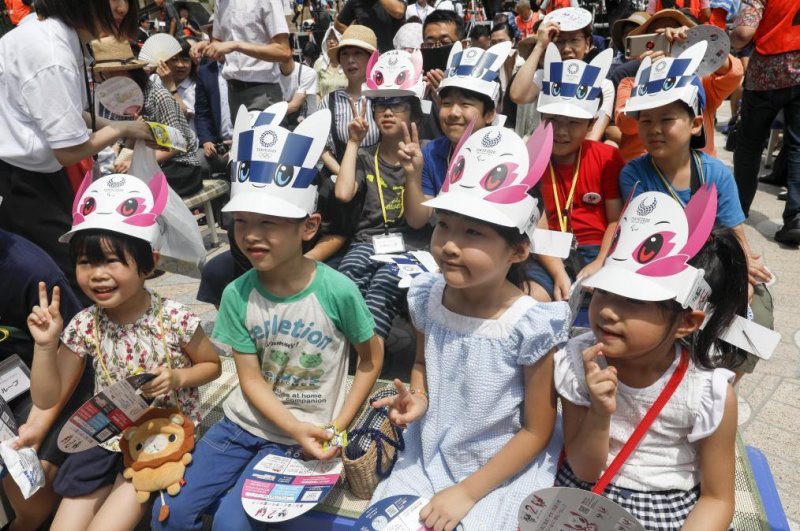Japanese children between the ages of 3 and 5 can now attend preschool at no cost -- part of a strategy to boost the national birth rate. File Photo by Kimimasa Mayama/EPA-EFE
May 10 (UPI) -- Japan enacted a new law Friday that allows all children to attend preschool at no cost -- part of a strategy by Prime Minister Shinzo Abe to boost the country's sagging birth rate.
The strategy aims to lessen the cost of rearing children by making one facet less expensive. Abe hopes the move will help the birth rate, which fell to a record low of 1.43 per woman in 2017.
The law eliminates the cost of preschool for all children between the ages of 3 and 5, starting in October. It also provides daycare to children 2 or under for low-income households.
"The financial burden of education and child-rearing weighs heavily on young people, becoming a bottleneck for them to give birth and raise children," Abe told a Japanese Diet session Thursday. "That is why we are making [education] free."
Parents who send their children to non-approved government preschools will receive a monthly subsidy of up to $383.
Overall, the plan is expected to cost about $7.1 billion annually, which will come from a planned consumption tax hike. Some critics say legislators first should've addressed the waiting list for children trying to get into nursery schools.
Japanese lawmakers approved the plan despite the finance ministry announcing the national debt has reached $10 trillion -- a record high for the third consecutive year. The debt includes $8.9 trillion in outstanding government bonds, $667 billion in short-term government securities and $448 billion in borrowed funds.
The ministry said present tax revenues are not adequate to cover the nation's increasing social security costs, as the population ages.















